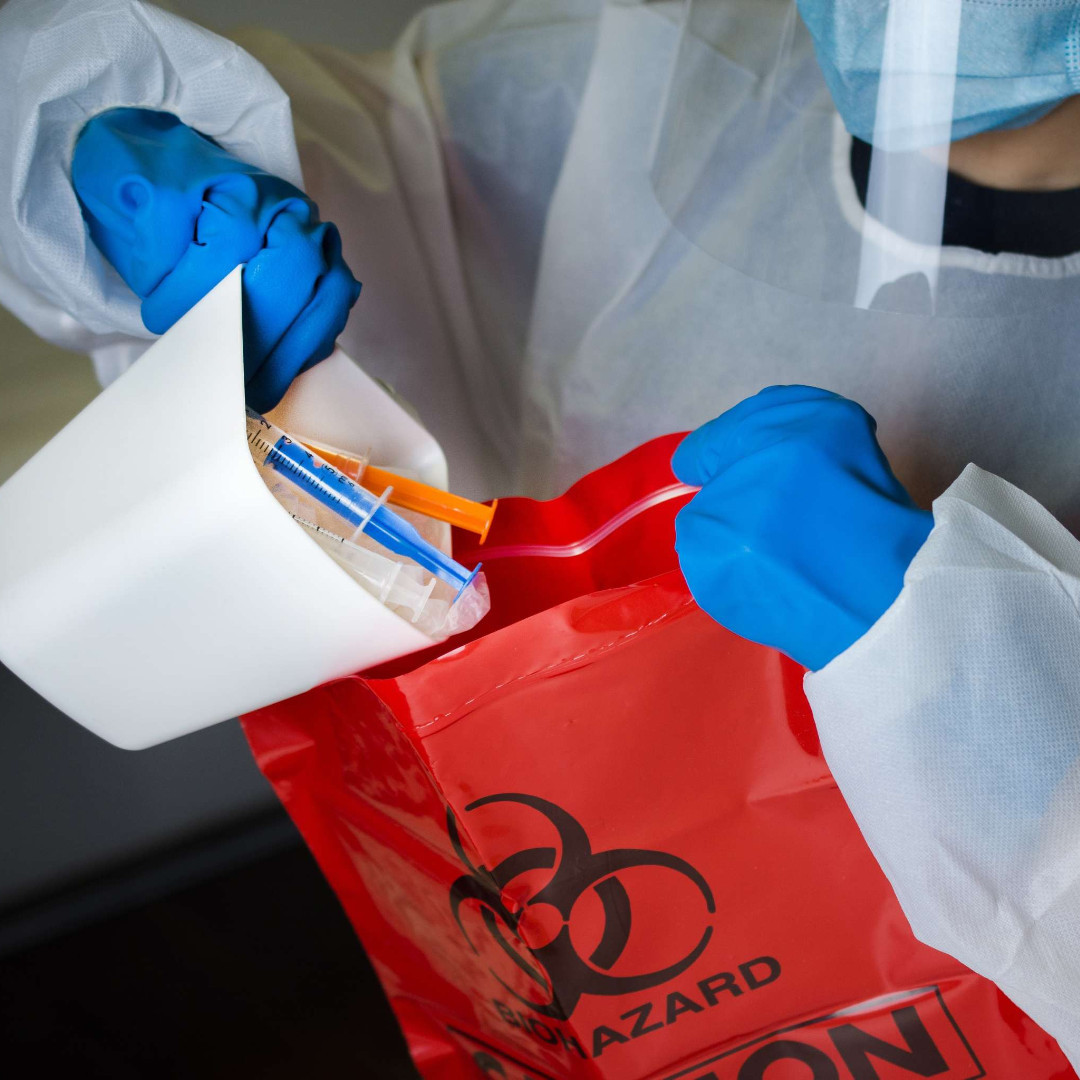The new EPA guide includes steps medical institutions can take to update their hazardous medical waste disposal plans.
The Environmental Protection Agency (EPA) has published the 2022 edition of “A 10-Step Blueprint for Managing Pharmaceutical Waste in U.S. Healthcare Facilities.”
This guide helps healthcare facilities, including hospitals, surgery centers and urgent care facilities, understand applicable regulations so they can develop compliant, holistic and cost-effective pharmaceutical waste management programs.
The guide’s goal is to help healthcare facilities understand EPA’s hazardous waste regulations under the Resource Conservation and Recovery Act (RCRA) as they apply to hazardous medical waste pharmaceuticals, but other regulations are also discussed.
The document’s first section includes lists of hazardous waste, including ignitable and toxic materials. It also features a breakdown of P-listed and U-listed hazardous materials and information about the disposal of various types of empty pharmaceutical containers, including syringes, intravenous fluid bags, capsule containers and more.
The document’s second section outlines steps institutions can follow to implement updated hazardous medical waste disposal, including guidelines for choosing vendors that can help implement new procedures and steps for implementing the plan in pharmacies, nursing units and areas patients can access. It also includes information on training and how to assign responsibility within an institution for various portions of the hazardous waste management plan.
The EPA last updated the document in 2008. Since then, the 2019 Hazardous Waste Pharmaceuticals Rule and other regulations have taken effect, rendering much of the 2008 version out of date.
This post, EPA Issues Hazardous Medical Waste Disposal Guide, was shared by Recycling Today on October 23, 2022.











